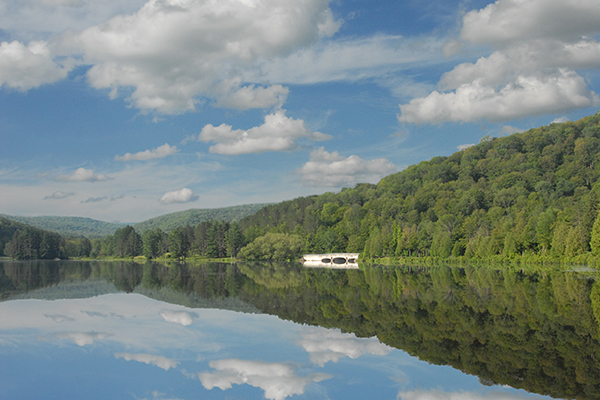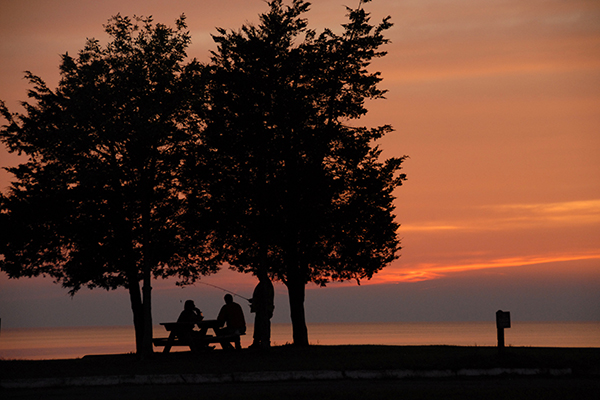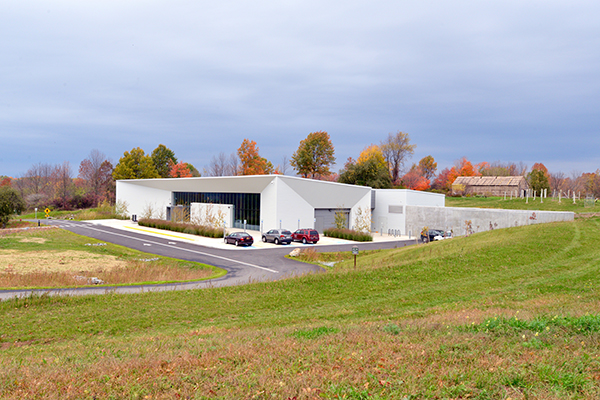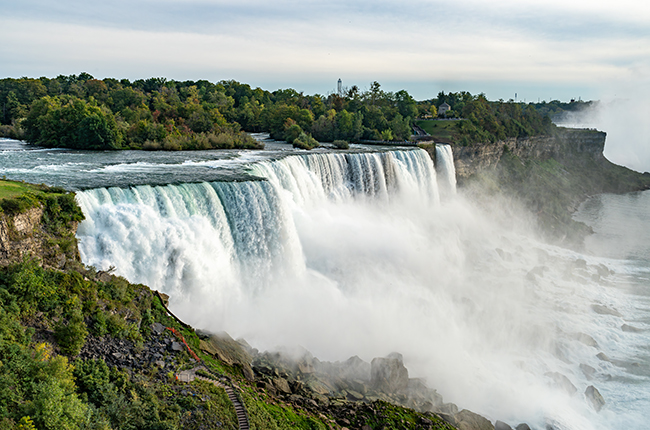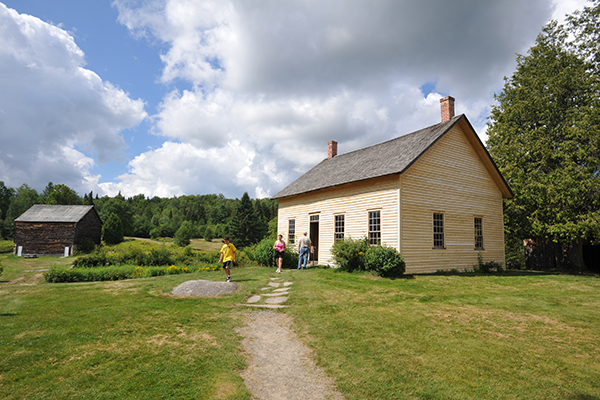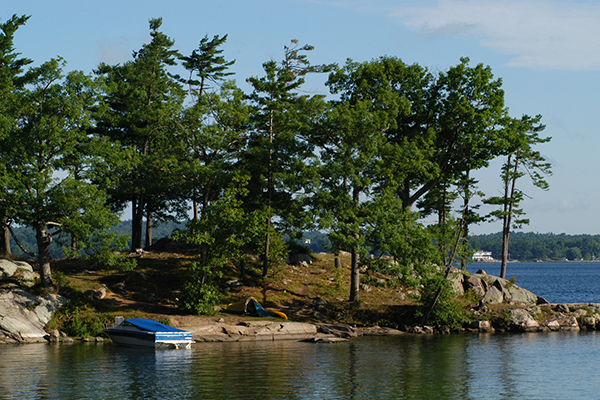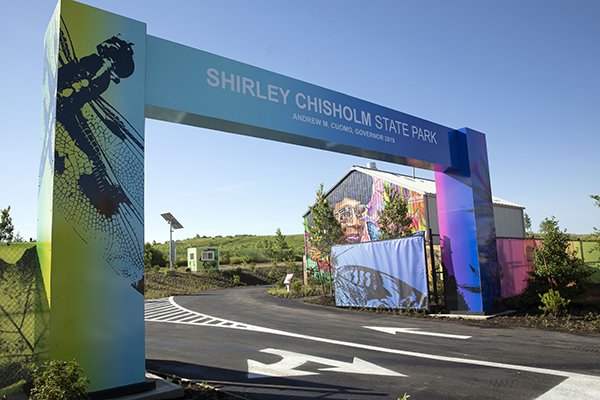Experience the Total Solar Eclipse!
On Monday, April 8, 2024, areas of New York State will experience a Total Solar Eclipse – will you be on hand to witness it?
This cosmic event happens approximately once in a generation and will be visible across a narrow route, called the path of totality, which extends through Mexico, the United States, and Canada.
How does a total solar eclipse work?
A total solar eclipse happens when the moon passes between the sun and Earth, completely blocking the face of the sun. The sky will become dark (think of dawn or dusk), and, weather permitting, people along the path of totality will see the sun’s cornea, or outer atmosphere, which is usually obscured by the bright face of the sun. While the path of totality only covers a narrow stretch of the country, a partial eclipse will be visible throughout all 48 contiguous U.S. states, according to NASA .
.
Except during the brief total phase of a total solar eclipse, when the moon completely blocks the sun's bright face, it is unsafe to look directly at the sun without specialized eye protection for solar viewing. According to NASA, viewing any part of the sun through a camera lens, binoculars, or a telescope without a special-purpose solar filter secured over the front of the optics will instantly cause severe eye injury. The partial phases of the solar eclipse can only be safely observed directly with specialized solar viewing glasses ("eclipse glasses") or a handheld solar viewer. Regular sunglasses, polarized or otherwise, are not a safe replacement for solar eclipse glasses.
For information on accessibility options offered at parks and sites hosting viewing events either along the path of totality or along the partial path, please click here.
View the Total Solar Eclipse
New York State parks and historic sites along the path of totality are gearing up for this once in a lifetime event and look forward to welcoming visitors from all around. Here’s a quick look at some of the state parks and historic sites along the path of totality that are hosting events:
Allegany State Park
Join in on the fun at spots throughout Allegany State Park where you can participate in eclipse-themed crafts and talk with interpretative staff to learn about a total solar eclipse.
Selkirk Shores State Park
Visit Selkirk Shores State Park and experience Earth Base II demonstrations, as well as learn about a total solar eclipse from the local astronomy club.
Ganondagan State Historic Site
Learn about the science behind total solar eclipses, as well past eclipses in the context of Haudenosaunee history at Ganondagan State Historic Site.
Niagara Falls State Park
Be on hand to experience programming and exhibits put on by scientists, subject matter experts, and astronauts from NASA at Niagara Falls State Park.
John Brown Farm State Historic Site
Take in the total solar eclipse at John Brown Farm State Historic Site, along with tours, activities and exhibits.
Wellesley Island State Park
Experience the magic of 100% totality along with amateur astronomers, eclipse activities, and a solar telescope at Wellesley Island State Park.
For the entire list of parks and sites along the path of totality and events and activities leading up to April 8, visit our Events Calendar.
Eclipse Viewing Safety Tips
If you’re planning to be in person to experience the total solar eclipse, don’t forget to keep these safety tips in mind!
- Remember to protect your eyes with specialized solar viewing glasses.
- Check traffic before heading out for this epic event.
- Prepare for the weather.
- If camping, bring the proper gear and watch out for ticks.
For full health and safety information, click here .
.
View the Partial Solar Eclipse
If you can’t make it to a park or historic site along the path of totality, a partial eclipse will be visible throughout all of New York State. Here’s a look at some state parks and historic sites hosting events where you can view a partial solar eclipse:
Bear Mountain State Park
Learn about eclipses and view a partial solar eclipse at Bear Mountain State Park.
Shirley Chisholm State Park
Take a hike with staff from Shirley Chisholm State Park and view a partial solar eclipse from the highest point in Jamaica Bay.
For the entire list of parks and sites who will be hosting events where you can experience the partial solar eclipse, visit our Events Calendar.

